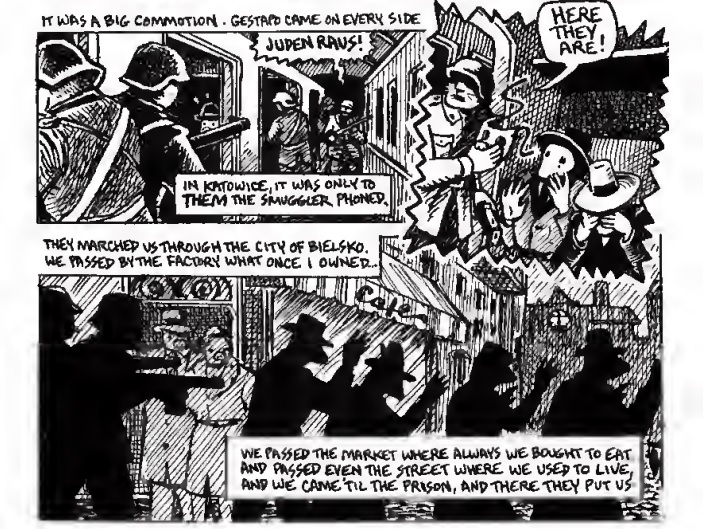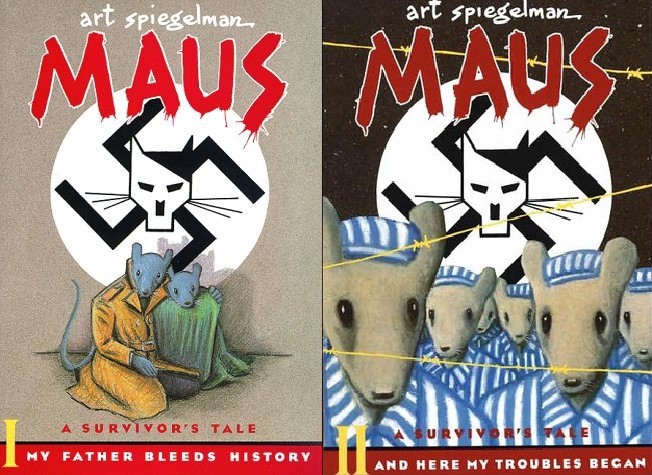Maus-Banning
In January (2022), a school board in Tennessee voted to remove the graphic novel about Holocaust survivors–Maus by Art Spiegelman from the eight-grade English language arts curriculum. The board considers the graphic novel to be replaced as it contains inappropriate language and depiction of a nude woman. The school board also banned the Pulitzer Prize-winning graphic novel because of its representation of violence and suicide. The board further look for another book that is more age-appropriate and addresses the same topic.
What’s Maus About?
Maus is about the experience of Spiegelman’s father- Vladek as Jews before and during the Nazi occupation in Poland. It begins with Spiegelman asking his father to tell his life and the war. Although at first, his father hesitates to tell because feels that no one wants to hear such stories, he eventually shares his misery during World War II.
Vladek met Spiegelman’s mother-Anja and married in 1937. They encountered a hard time since the Nazis came to Poland. One by one of their family members and colleagues were disappeared or killed, then they lived in Ghettos, and ended up imprisoned in Auschwitz. Vladek and Anja managed to come out of the war and moved to Sweden then to the US. Anja died, committing suicide in 1968, and Vladek died of a heart attack at 75 years old, in 1982.
Maus was first published in RAW magazine from 1980-to 1991. The first six chapters were published in 1986 as Maus I: A Survivor’s Tale and the last five chapters in 1991 as Maus II: A Survivor’s Tale: And Here My Troubles Began.
In Maus, Spiegelman uses animal characters such as mice to represent Jews, cats to Germans, and pigs to Polish. Spiegelman wants to challenge Nazi propaganda through the anthropomorphized mice. His mice “stand upright and affirm their humanity”.

Art Spiegelman, Maus I: A Survivor’s Tale, p. 155.
Art Spiegelman’s Response to Maus Banning
Spiegelman told CNN, that the school board only focuses on some bad words and the nudity in the tiny image of her mother after slashing her wrists in a bathtub that cannot arise sexual titillation. According to Spiegelman, the removal of Maus from the curriculum is a kind of myopic response. The school board seems only to see the small parts and does not able to catch the bigger picture.
Maus’s Relevance Today
The US Holocaust Museum, via their account Twitter, asserts the importance of Maus in history education about the Holocaust through the testimony of detailed and personal experiences of survivors. Maus “can inspire students to think critically about the past and their own roles and responsibilities today”.
Maus is an incredible work using a creative way, to tell the truth of the Holocaust. This comics book can depict what the school board member said as “people hanging and killing kids” in different ways. The artist employs visual metaphors, like animal hybrid characters, to portray the terrible genocide. (see Veld, 2019).
The comics form also allows wider readers to comprehend the Holocaust in an accessible and understandable way. Today, we encounter stereotyping of other races that are often very similar to what happened to Vladek and Anja eighty years ago. From Maus, we learn that stereotyping can lead to serious dehumiliation and real war that took millions of victims’ lives.

